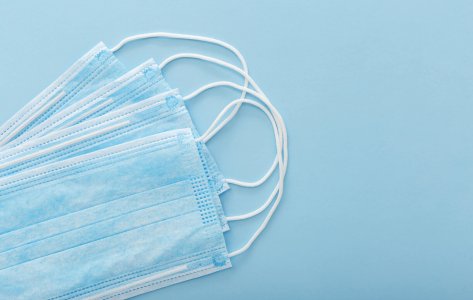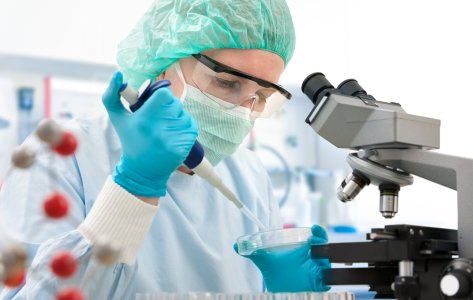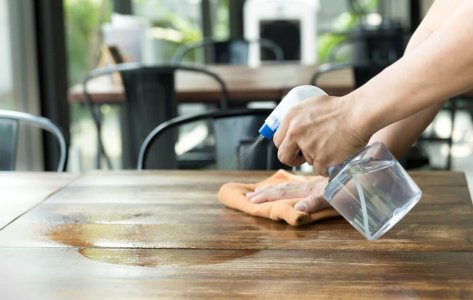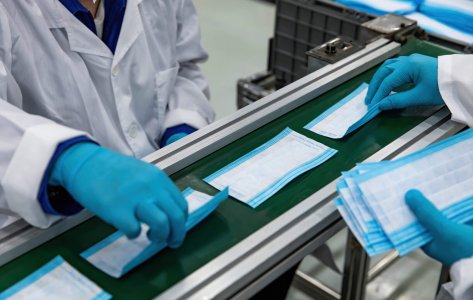- Swiss testing laboratory
USP <71>

Hassle-free testing experience
Need to get a product tested? No worries! To and fro logistics are on us; we collect your products, test them and, deliver them back to you.
Quick understanding of the test
USP <71> - Sterility testing of Pharmaceutical Products
- Staphylococcus aureus (ATCC 6538)
- Bacillus subtilis
- Pseudomonas aeruginosa
- Clostridium sporogenes
- Candida albicans
- Aspergillus niger
- Test samples are filtered through a membrane under sterile conditions.
- The filtered membrane is then transferred to appropriate growth media.
- The inoculated media are incubated for a period of 14 days.
- After incubation, microbial growth on the membrane is analyzed
Direct Transfer Sterility Testing – In this method, sample products are transferred into Fluid Thioglycollate Medium (FTM) and Soybean Casein Digest Medium (SCDM).
Cultures are incubated for 14 days. Microbial growth is monitored through periodic observations during the incubation period.
- Ensures that products intended for medical use are sterile and safe
- Provides a reliable method to monitor and control microbial levels in pharmaceutical manufacturing.
Turnaround Time
Passing criteria
Do you have a product that needs testing?
USP <71> - Sterility Testing
Sterility testing is an essential process in industries that manufacture sterile products, such as pharmaceuticals, drugs, medical equipment, and radioactive drugs. The United States Pharmacopeia (USP) 71 specifies the guidelines on how products can be tested for sterility and the criteria for acceptance to ensure that pharmaceutical products are free of microbial contamination. Manufacturers need to abide by these guidelines to ensure that the quality of their products is high and meets the GMP requirements.
Sterility testing, on its own, cannot serve as proof of absolute sterility of the product. However, it does serve as a crucial validation step in the larger sterilization and quality control protocols.
Why Growth Promotion and Method Suitability Tests are Critical in USP Testing?
Growth Promotion Test (GPT):
The Growth Promotion Test verifies that the culture media used in USP <71> sterility testing supports the growth of representative microorganisms. This step is essential to confirm the performance and sensitivity of the test media to ensure the reliable detection and enumeration of objectionable microorganisms.. Since sterility testing is a negative test, validating that the media can promote microbial growth ensures that a “no growth observed” result is valid and not because the media failed to support microbial growth.
Method Suitability Test:
The Suitability Test verifies that the product when undergoes testing does not inhibit microbial growth or interfere with microbial detection. Certain formulations contain antimicrobial or preservative components that could suppress microbial recovery and lead to false-negative results. If suitability test confirms that the product shows inhibitory effect, neutralizers are added to make sure it doesn’t affect the results during the sterility test. Hence, this assessment ensures that the sterility method is reliable, product-specific, and capable of detecting any viable contamination present.
Test Organisms suitable for Growth Promotion and Method Suitability tests
- Aerobic Bacteria – Staphylococcus aureus, Bacillus subtilis, Pseudomonas aeruginosa
- Anaerobic Bacterium – Clostridium sporogenes
- Fungi – Candida albicans, Aspergillus niger
USP <71> Sterility Testing Test Methodology
Membrane Filtration Method
This method is applicable for aqueous, oily, and alcoholic formulations, including products that are either soluble or capable of forming stable emulsions.
Procedure
- The membrane filter (nominal pore size ≤ 0.45 µm) to be used is sterilized and the filtration apparatus is assembled under aseptic conditions.
- The product is passed through the filter
- Post filtration, the membrane is incubated in suitable growth medium for 14 days.
- Fluid Thioglycollate medium – Anaerobes
- Soybean-Casein Digest medium – Aerobes and Fungi
- After 14 days, the results are observed and recorded.
Direct Transfer Sterility Testing
This method is suitable for products that cannot be filtered, like ointments, suspensions, bulk solids, or certain medical devices.
Procedure
- A specified quantity of product is directly added to the culture media making sure that the volume of product is 10% of total media volume.
- If the product has antimicrobial properties, neutralisers are added.
- The inoculated culture media is then incubated for at least 14 days and the growth is observed.
Importance of USP <71> Sterility Testing
Applications of USP <71> Sterility Testing
- Pharmaceuticals: All parenteral, ophthalmic, and biological drugs must be sterile to ensure patient safety.
- Medical Devices & Surgical: Instruments, implants, and catheters must be sterile to prevent infections.
- Tissue & Cell Therapies: Tissue grafts and live cell therapies require sterility to avoid disease transmission.
- Nutrition & Nutraceuticals: IV nutrition and high-risk supplements must be sterile to protect vulnerable patients.
- Cosmetics & Personal Care: Products for eyes or broken skin must be sterile to prevent microbial contamination.
- Biotechnology: Recombinant proteins and gene therapy products must be sterile to guarantee safe use.
Sterility Testing at Microbe Investigations Switzerland (MIS) - USP <71>
MIS performs sterility testing of pharmaceutical products using both direct transfer and membrane filtration methods. With extensive experience in research and analysis, our specialists are at the forefront of quality assurance. Additionally, in our testing lab, we have the full capacity to do the USP 51 Preservative Challenge test.
Contact us today to discuss your sterility testing needs and ensure the safety and efficacy of your products.
Frequently Asked Questions

DR. Martinoz Scholtz
The main methods are membrane filtration and direct inoculation. The choice of method depends on the product’s nature and formulation.
Incubation for 14 days is necessary to ensure that slow-growing microorganisms, which may have been present in the product, are detected.
Yes, sterility testing is applicable to medical devices that require sterility, such as implants and surgical instruments.
Yes, radiopharmaceuticals can be tested using this standard. However, additional precautions may be necessary due to their radioactive nature.
Bioburden testing measures the total number of viable microorganisms on a non-sterile product, while sterility testing confirms the absence of viable microorganisms in products intended to be sterile.
The sample size depends on the product type and batch size.
Yes, the standard can be used to test raw materials too.
Meet the best of the blend of
R&D, Efficacy Testing,
Innovation and Passionate
Experts at MIS.
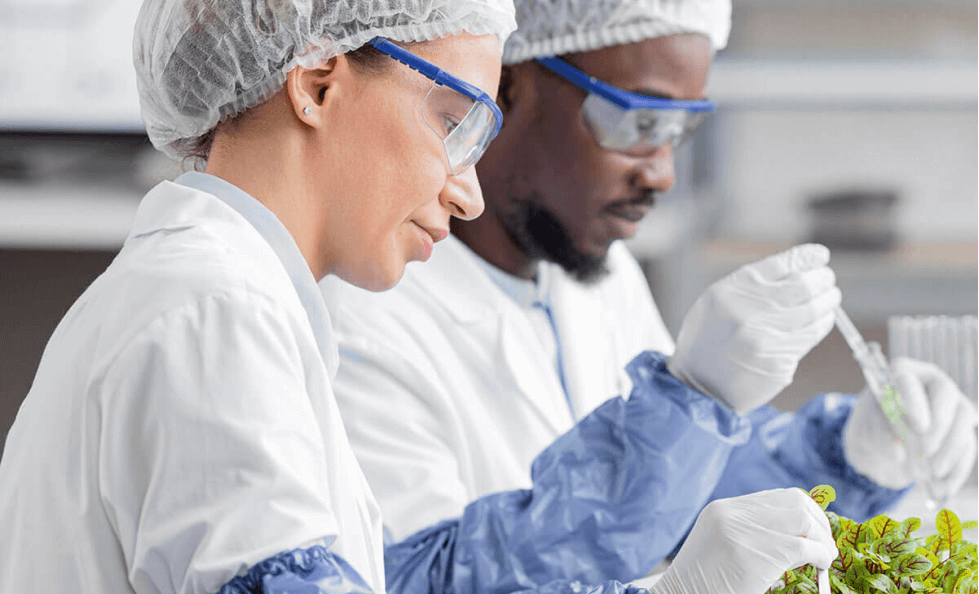
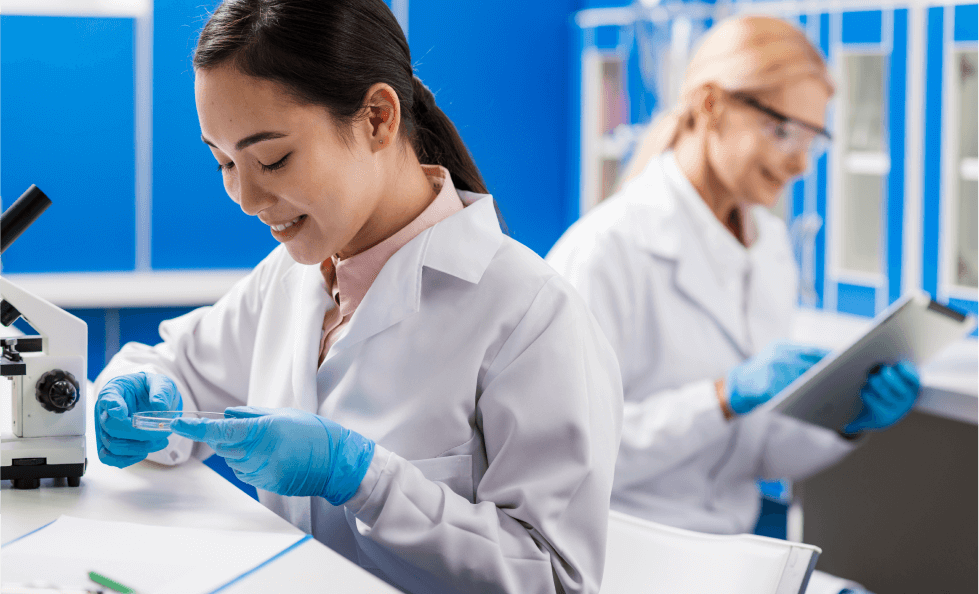
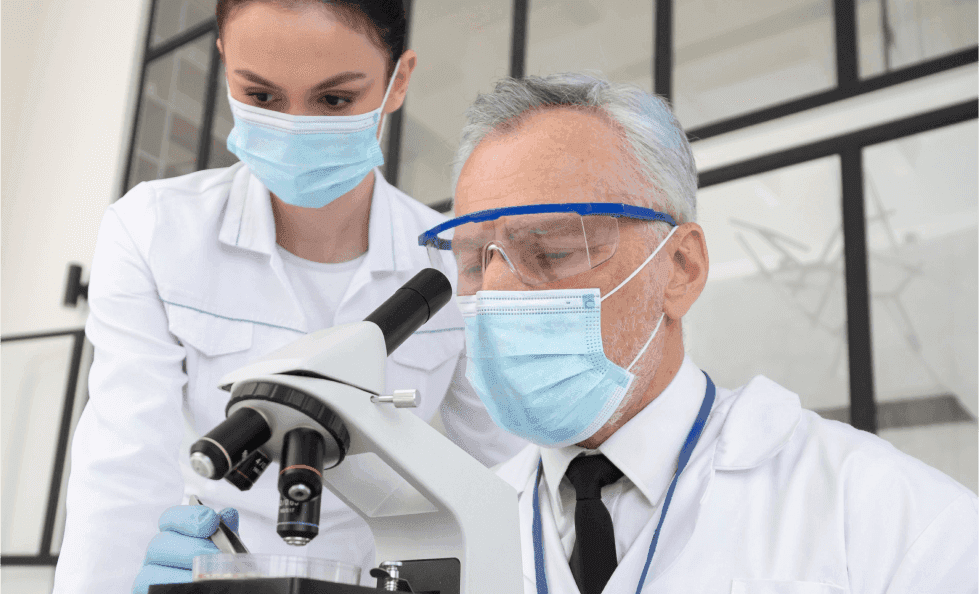
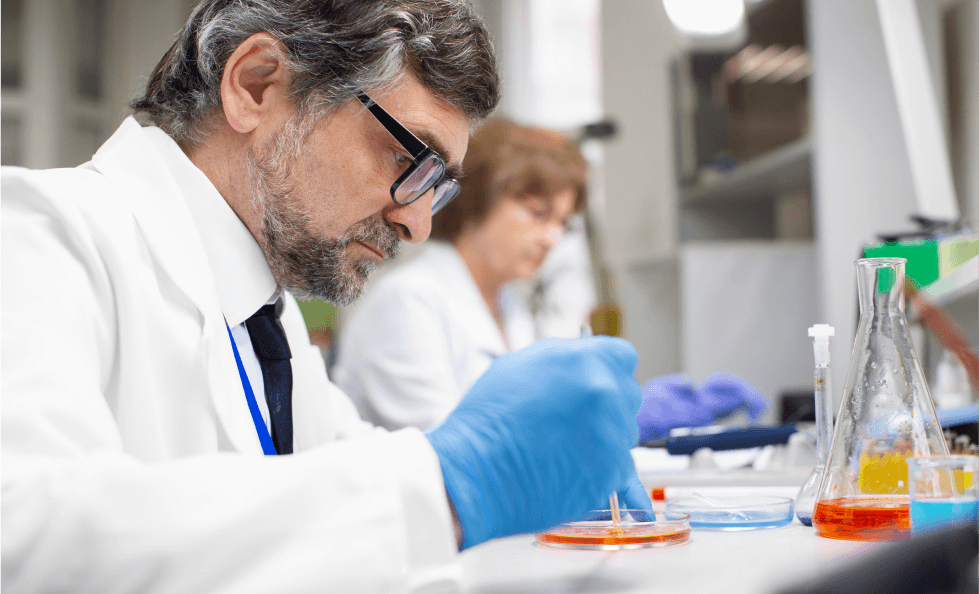
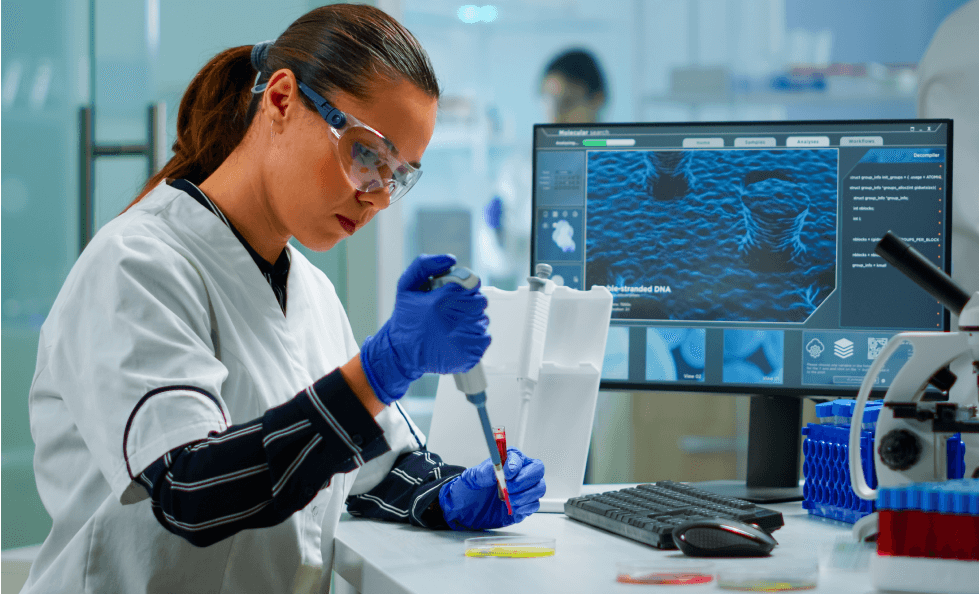
Explore More
Face masks are incorporated into
Antimicrobial testing is important to
Biocidal products regulation Biocidal products
Face masks are crucial for
